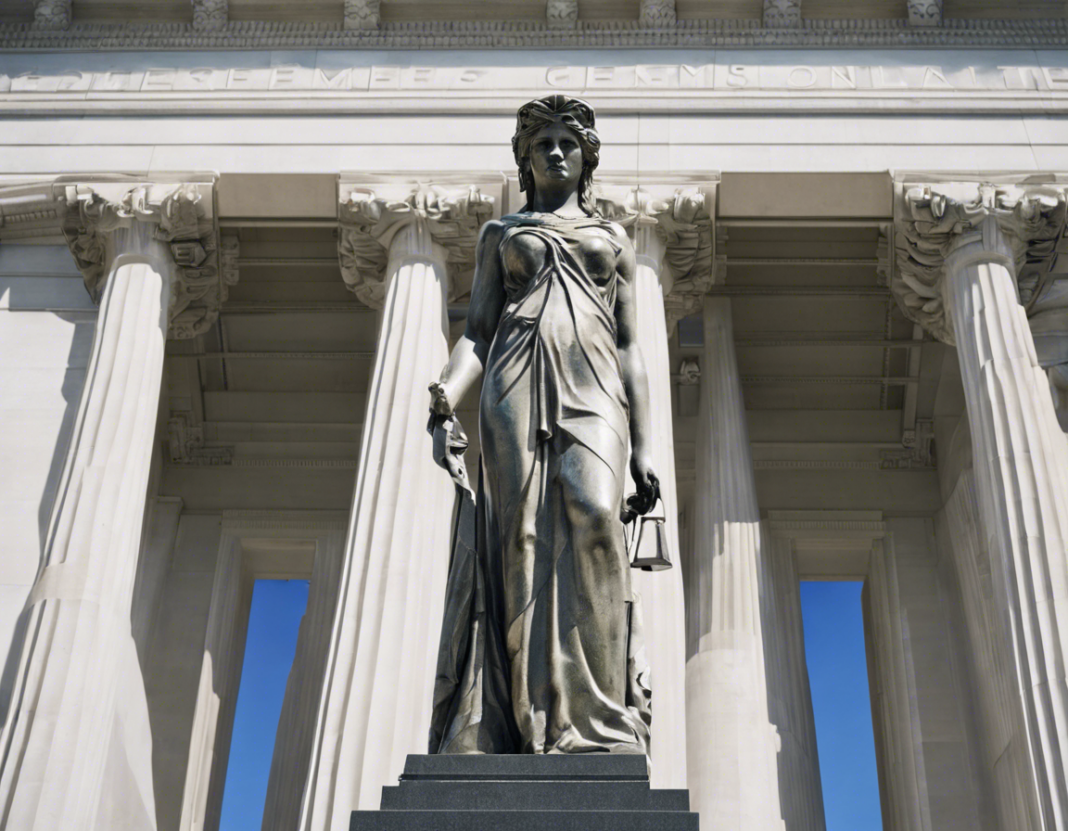At a time when divisiveness and discord seem to dominate headlines, the Statue of Equality stands tall as a beacon of unity, peace, and harmony. This monumental statue, located in Hyderabad, India, is not just a work of art but a powerful symbol of inclusivity and equality for all. In this blog post, we will delve into the significance of the Statue of Equality, its design and construction, and the message it conveys to the world.
The Vision Behind the Statue of Equality
The Statue of Equality honors the great social reformer and saint, Bhagavad Ramanuja, who championed equality and inclusion nearly a thousand years ago. Ramanuja’s teachings emphasized the idea that every individual, regardless of caste, creed, or social status, is equal in the eyes of the divine. His philosophy of Vishishtadvaita (qualified non-dualism) continues to inspire millions around the world.
The vision behind the Statue of Equality is to promote Ramanuja’s message of harmony and unity in a world that is often plagued by discrimination and intolerance. By erecting this statue, the hope is to remind people of the timeless values of compassion, acceptance, and respect for all beings.
Design and Symbolism
Standing at a majestic height of 216 feet, the Statue of Equality is a sight to behold. The statue features a larger-than-life likeness of Bhagavad Ramanuja, with intricate detailing that captures the essence of his teachings. Ramanuja is depicted with a serene expression, embodying wisdom and compassion.
One of the most striking features of the statue is the outstretched hand, symbolizing Ramanuja’s message of inclusivity and openness. The hand is extended outward, welcoming people of all backgrounds to come together in unity. This gesture serves as a powerful reminder that we are all interconnected and equal in the eyes of the divine.
Surrounding the statue are eight pillars, each representing a core tenet of Ramanuja’s philosophy. These pillars symbolize principles such as love, humility, service, and devotion, guiding visitors on a spiritual journey of self-discovery and reflection.
Construction and Community Involvement
The construction of the Statue of Equality was a massive undertaking that involved the collective effort of thousands of volunteers, artisans, and devotees. Skilled craftsmen worked tirelessly to bring the vision of the statue to life, using traditional techniques and materials to ensure authenticity and quality.
The project also received generous contributions from philanthropists and well-wishers who believed in the message of equality and unity. Their support not only helped fund the construction of the statue but also underscored the importance of coming together for a common cause.
Throughout the process, community involvement played a crucial role in shaping the final outcome of the statue. From fundraising events to volunteer initiatives, people from all walks of life came together to make the Statue of Equality a reality. This spirit of collaboration and cooperation is a testament to the power of unity in achieving monumental goals.
The Message of the Statue
At its core, the Statue of Equality serves as a powerful reminder of the timeless values that unite humanity. In a world that is often marked by division and strife, the statue stands as a testament to the enduring power of love, compassion, and acceptance.
The message of the Statue of Equality is clear: we are all equal, we are all worthy of respect, and we are all interconnected in the vast tapestry of life. By embracing these principles, we can strive towards a more harmonious and inclusive society where every individual is valued and celebrated for their unique contributions.
In conclusion, the Statue of Equality is not just a monument of stone and metal but a living, breathing symbol of hope and unity. As we gaze upon its majestic form, may we be inspired to uphold the values of equality and harmony in our own lives and work towards a brighter, more inclusive future for all.
Frequently Asked Questions (FAQs)
-
What is the significance of the Statue of Equality?
The Statue of Equality honors the teachings of Bhagavad Ramanuja, a saint and social reformer who preached the message of equality and inclusion. -
How tall is the Statue of Equality?
The statue stands at a height of 216 feet, making it a prominent landmark in Hyderabad, India. -
What does the outstretched hand of the statue symbolize?
The outstretched hand represents openness, inclusivity, and unity, inviting people of all backgrounds to come together in harmony. -
How was the construction of the Statue of Equality funded?
The construction of the statue was made possible through the contributions of philanthropists, volunteers, and well-wishers who supported the message of equality and unity. -
What principles do the eight pillars around the statue represent?
The eight pillars symbolize core tenets of Ramanuja’s philosophy, including love, humility, service, and devotion, guiding visitors on a spiritual journey of self-discovery. -
Who was Bhagavad Ramanuja, and what was his philosophy?
Bhagavad Ramanuja was a social reformer and saint who emphasized the idea of qualified non-dualism, teaching that every individual is equal in the eyes of the divine. -
How can people get involved with the mission of the Statue of Equality?
People can participate in volunteer initiatives, fundraising events, and community programs that support the values of equality and unity promoted by the statue. -
What is the message that the Statue of Equality conveys to the world?
The statue conveys a message of love, compassion, and acceptance, reminding people of the importance of coming together in unity and respect for all beings. -
What materials and techniques were used in the construction of the statue?
Skilled craftsmen utilized traditional materials and techniques to build the Statue of Equality, ensuring authenticity and quality in every detail. -
How can the values of equality and harmony promoted by the statue be applied in everyday life?
By upholding principles of respect, acceptance, and inclusivity in our interactions with others, we can embody the spirit of equality and harmony advocated by the Statue of Equality.
